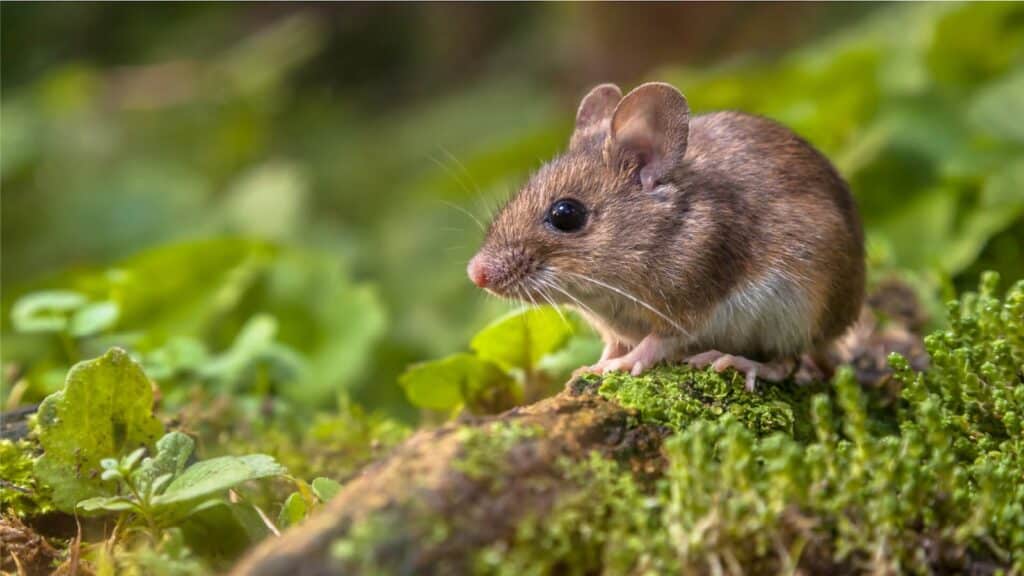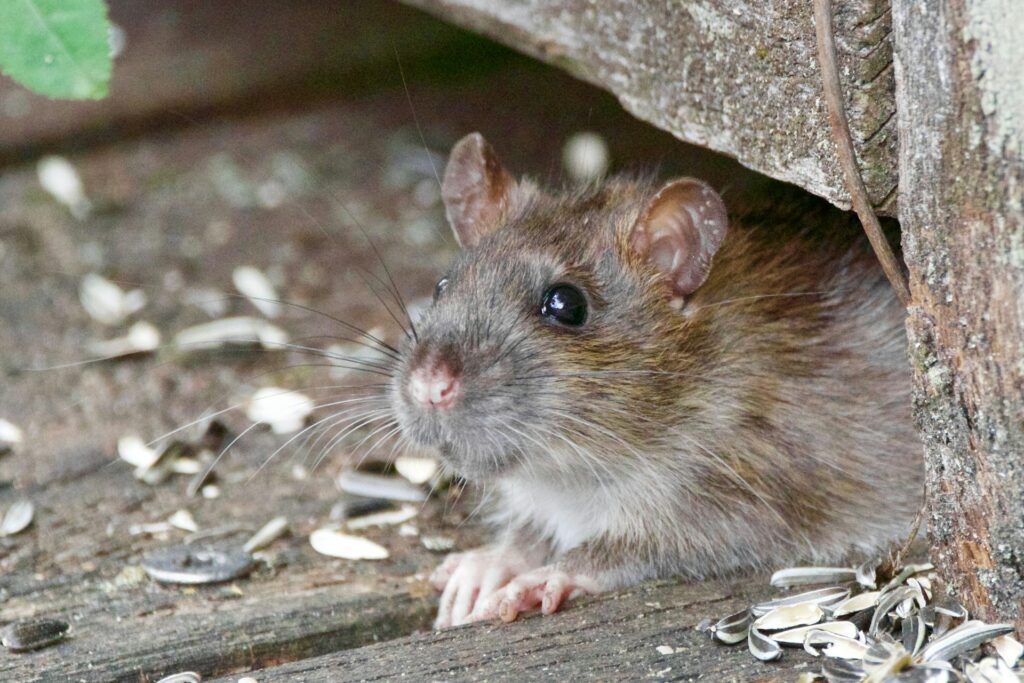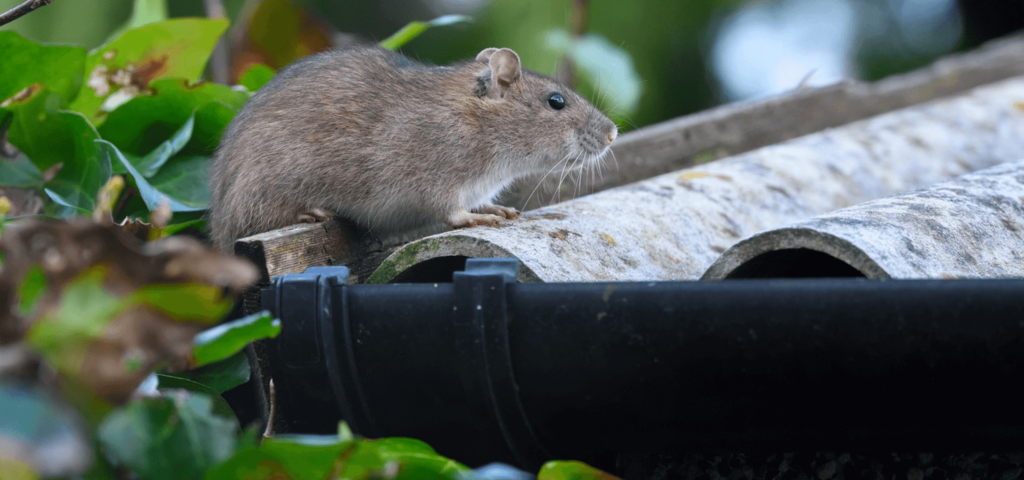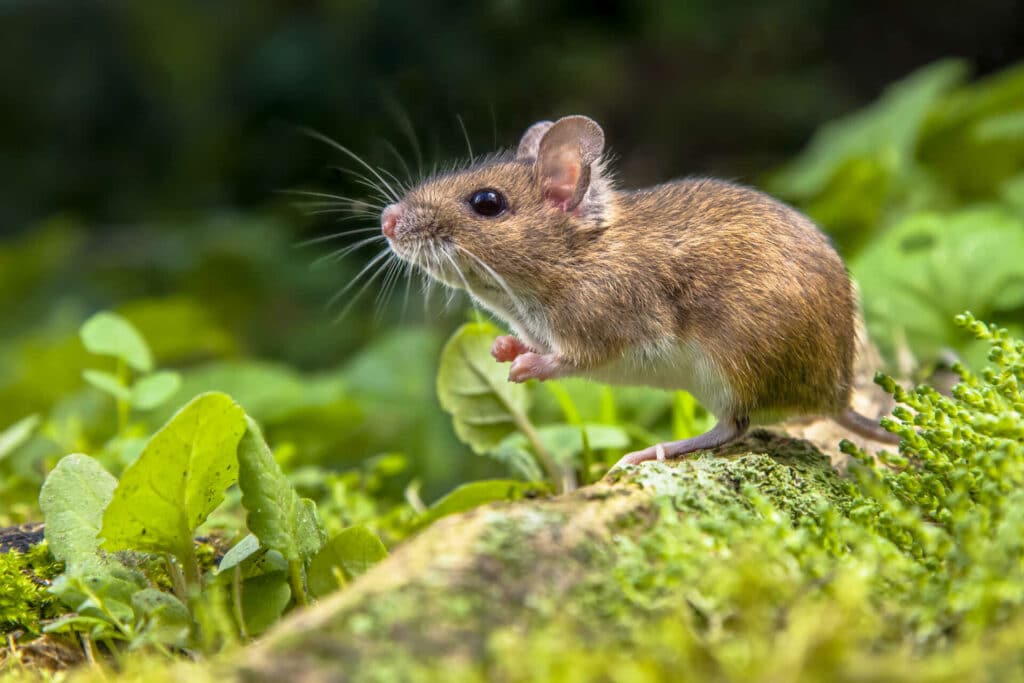
Rodents are a real headache for homeowners. These pests threaten people’s health as well as the structural integrity of the home. However, the type of rodent causing trouble makes a big difference. Understanding the differences between mice and rats is crucial for effective pest control. These critters may seem similar at a glance, but their habits, habitats, and even the signs of their presence can be quite different.
Knowing what you’re dealing with helps in choosing the right strategies to keep your home protected from these rodents. And if, like many, you don’t know which way to turn when it comes to your rodent infestation, contact a pest control specialist; they will be able to provide the tools, resources, and consistent support you need to battle an infestation.
Mice and rats don’t just vary in size; they have distinct behaviors and preferences that can impact how you handle an infestation. For instance, where you set traps or how you store food can vary depending on whether you’re dealing with a mouse or a rat. Plus, some methods work better for one than the other, making it essential to identify your unwelcome guests accurately. So, let’s dive into the key differences between these pesky rodents and what every homeowner should know to keep their living spaces safe.
Mice vs. Rats: Identifying Their Physical Differences

The first step in identifying which rodent is invading your home is to look at them. Size and weight are the most obvious distinctions between mice and rats. Mice are generally smaller, measuring about two to four inches in length, excluding their tail. In contrast, rats are much larger, typically ranging from seven to nine inches long, without their tails.
Speaking of tails: the type of tail the rodent possesses also provides clues as to which species is invading your home. Mice use their thin, slightly hairy tails, which are almost as long as their bodies, to balance as they scurry around. Rats, on the other hand, possess thick, hairless tails that are shorter in relation to their body length.
Facial features can further help in identification. Mice have pointed noses and proportionately large ears, giving them a more delicate, “cute” appearance. Rats, however, sport blunt noses and smaller ears compared to the size of their head, lending them a sturdier look.
Lastly, consider their fur and coloration. Mice usually have light brown to gray fur, which helps them blend into their surroundings. Rats, in contrast, often have darker fur, ranging from brown to black, making them more noticeable when they venture out of hiding. Determining whether you’re dealing with mice or rats by recognizing their distinctive physical traits will lead your next steps.
Mice vs. Rats: Behavioral Differences

Another way to identify the pest before you start a treatment method is by closely observing their behavioral patterns.
Habitat Preferences:
Mice prefer nesting in secluded areas within the home, especially ones up high such as inside walls, cabinets, or behind appliances. They seek out quiet, hidden spots that provide warmth and safety, and they like to climb. Soft, pliable materials are their preferred nesting materials, and they stay close to warmth, food sources, and water.
Rats, however, are more likely to nest in basements, crawl spaces, or even burrow outside. These rodents are also good climbers like their smaller cousins, but they are more cautious about nesting high up, preferring the lower levels of your home. They also like locations with easy access to water sources, making your home a prime target if these resources are available.
Feeding Habits:
Mice are nibblers and tend to eat small amounts frequently throughout the day. They are curious, sampling a variety of foods. Rats, on the other hand, are bulk eaters and hoard food, creating stashes in hidden areas. This behavior can lead to significant food loss and contamination. Homeowners will often notice a rat infestation quicker because of their more aggressive hoarding and foraging techniques, whereas mice can slip under the radar with their light snacking.
Activity Patterns:
Mice are crepuscular, meaning they are most active during dusk and dawn. This is when you’re most likely to hear them scurrying around in walls and the attic. Rats are nocturnal and are primarily active at night, making nighttime noises a potential sign of their presence.
In simpler terms, if you hear heavy activity more often in the middle of the night and not at dawn or sunset, you may have a rat rather than a mouse issue. If you can’t tell what time of evening it is because you’re so freaked out by the scurrying noises in your walls, call a pest control specialist.
Reproductive Rates:
Mice reproduce rapidly, with females giving birth to litters of five to six pups every three weeks. This rapid reproduction can quickly escalate a small infestation into a massive problem. Rats reproduce at a slower rate, having litters of about six to 12 pups every six weeks. Population control is an issue for homeowners in that, once you notice a few of the telltale signs of an infestation, it may be too late.
Mice vs. Rats: Signs of Infestation

If you want to know whether you have mice or rats, take a look at the droppings. Mice excrement is small, about the size of a grain of rice. In contrast, rat droppings are larger and resemble raisins, making them easier to spot.
Gnaw marks can also indicate which rodent is causing trouble. Mice leave small, fine marks on food packages, wires, and wooden surfaces with their chewing. On the other hand, rats leave larger, rougher gnaw marks as they have larger, stronger teeth.
The noises you hear in your home can provide clues as well. Mice typically make scratching sounds in walls and ceilings as they move around. Rats, being bigger, produce louder, more distinct scurrying and squeaking sounds, especially in the middle of the night.
Footprints and tail marks are another telltale sign. In dusty areas, mice may leave smaller footprints and lighter tail marks. Rats, with their heavier bodies, leave larger footprints and more noticeable tail drag marks, making their presence more obvious.
Mice vs. Rats: Prevention and Control Measures

Effective prevention and control of any kind of rodent infestation begins with sealing entry points. Inspect your home for cracks and holes, paying special attention to areas around windows, doors, and the foundation. Use steel wool and caulk to seal these gaps, as these materials are difficult for rodents to chew through, providing a strong barrier.
Proper food storage is another critical step. Store all food in airtight containers to prevent access and contamination. This includes keeping pet food sealed and off the floor, as it can be a major attractant for both mice and rats. By eliminating accessible food sources, you make your home less inviting.
Maintaining cleanliness is also essential. Regularly clean and declutter your home, focusing on kitchens, pantries, and other storage areas where food debris might accumulate. Dispose of garbage properly and keep bins sealed to prevent scavenging. A clean environment reduces the chances of attracting rodents and makes it easier to spot early signs of an infestation.
In the end, once mice or rats set up shop, a trusted pest control service provider is your best bet to properly exterminate them.
Call An Expert?

When facing a rodent infestation, the expertise of a pest control specialist is invaluable. Pest control professionals have the knowledge and experience to identify the specific type of rodent causing trouble and to implement effective strategies to address the issue. They use a variety of practices and procedures to manage and prevent infestations, ensuring a comprehensive approach to pest control.
A pest control specialist starts with a thorough inspection of your home to identify entry points, nesting sites, and food sources that attract rodents. This detailed assessment allows them to understand the extent of the infestation and to develop a targeted plan of action. By addressing the root causes, they can help reduce the likelihood of future infestations.
Professionals use a range of methods, including traps and exclusion techniques, to manage rodent populations. Traps are strategically placed to capture rodents, while exclusion techniques involve sealing cracks and holes to prevent entry. This multi-faceted approach ensures that both the current infestation and potential issues will be addressed promptly and effectively.
Additionally, pest control specialists offer valuable advice on preventive measures. By partnering with a pest control specialist, homeowners benefit from professional insights and effective management strategies. If you’ve heard rats in the walls or have seen mice scurrying around your kitchen, it may be time to turn to a solution you know will work. If you need help dealing with rodents and are interested in Rodent pest control options, give us a call at Aptive, we’d love to help.








